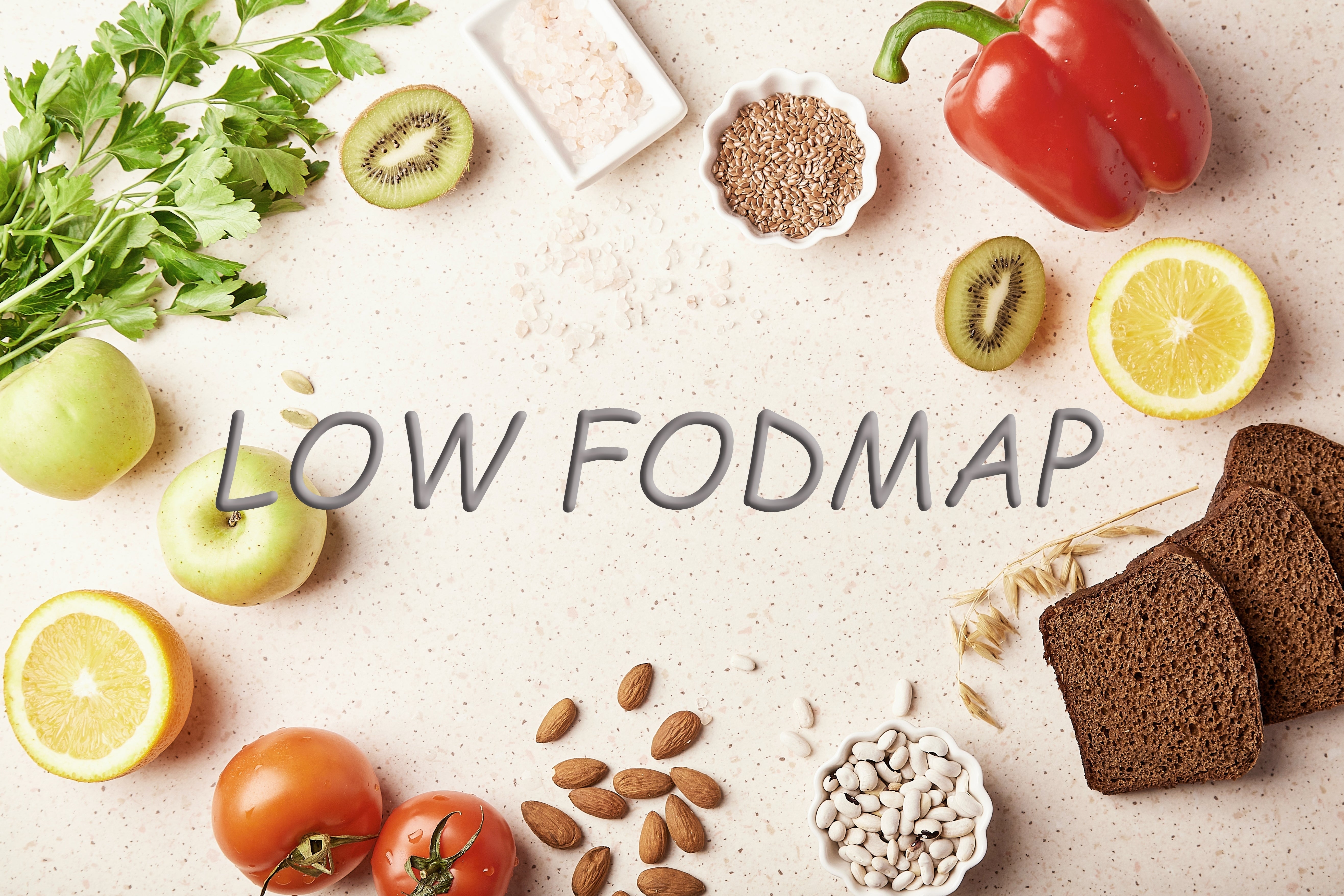
Low-FODMAP Diets for Better Digestive Health

What Is the Low-FODMAP Diet?
How Does the Low-FODMAP Diet Work?
-
Elimination Phase: Remove high-FODMAP foods for 4-6 weeks to give your gut a chance to heal and reduce symptoms.
-
Reintroduction Phase: Gradually reintroduce high-FODMAP foods one at a time to identify specific triggers.
-
Personalization Phase: Use the insights from the reintroduction phase to craft a long-term diet tailored to your needs.
Common High-FODMAP Foods to Avoid
-
Fruits: Apples, pears, watermelon.
-
Vegetables: Onions, garlic, cauliflower.
-
Dairy: Milk, soft cheeses, yogurt.
-
Legumes: Lentils, chickpeas, black beans.
-
Sweeteners: High-fructose corn syrup, sorbitol.
Low-FODMAP Foods You Can Enjoy
-
Fruits: Bananas, oranges, strawberries.
-
Vegetables: Zucchini, carrots, spinach.
-
Proteins: Eggs, chicken, beef.
-
Dairy Alternatives: Almond milk, lactose-free yogurt.
-
Grains: Rice, quinoa, gluten-free bread.
Why Does the Low-FODMAP Diet Work?
-
Reduces Fermentation: By limiting foods that ferment in the gut, you reduce gas production and bloating.
-
Improves Gut Health: A low-FODMAP diet can help balance gut bacteria by reducing the overgrowth of fermenting microbes.
-
Empowers Personalization: The diet gives you insights into your body’s unique needs, allowing you to eat without fear of symptoms.
Who Should Try the Low-FODMAP Diet?
-
Individuals with IBS or suspected food intolerances.
-
Those experiencing frequent bloating, gas, or abdominal pain.
-
People looking to improve overall digestive health.
How to Get Started with the Low-FODMAP Diet
-
Track Your Symptoms: Keep a food diary to document your symptoms before starting.
-
Start with Elimination: Cut out high-FODMAP foods for 4-6 weeks. Check out resources like Monash University’s FODMAP app for accurate food lists.
-
Reintroduce Strategically: Reintroduce one food group at a time, paying close attention to how your body reacts.
-
Build a Balanced Plan: Work with a dietitian to create a sustainable diet that meets your nutritional needs.
A Sample Low-FODMAP Meal Plan
The Science Behind It
-
Gut Symptom Relief: Studies show the low-FODMAP diet reduces IBS symptoms in up to 75% of sufferers (Staudacher et al., 2011).
-
Microbiome Modulation: Research highlights how the diet supports a healthier gut microbiota by reducing harmful fermenting bacteria (Halmos et al., 2014).
-
Improved Quality of Life: Many individuals report better energy levels and mental clarity after following a low-FODMAP diet (Böhn et al., 2015).
References
-
Staudacher, H. M., et al. (2011). "Mechanisms and efficacy of dietary FODMAP restriction in IBS." Nature Reviews Gastroenterology & Hepatology.
-
Halmos, E. P., et al. (2014). "A diet low in FODMAPs reduces symptoms of irritable bowel syndrome." Gastroenterology.
-
Böhn, L., et al. (2015). "Dietary guidance on the low-FODMAP diet improves symptoms and quality of life in patients with IBS." Clinical Gastroenterology and Hepatology.
Final Thoughts
Meet Fitnexa, your AI-driven companion that turns everyday habits into a positive, uplifting journey. From effortless meal analysis (including recipe suggestions) to personalized coaching and real-time support, Fitnexa keeps you on track toward lasting wellness — so you can stay younger, live longer.
https://apple.co/4hr8JGW





Leave a comment
This site is protected by hCaptcha and the hCaptcha Privacy Policy and Terms of Service apply.